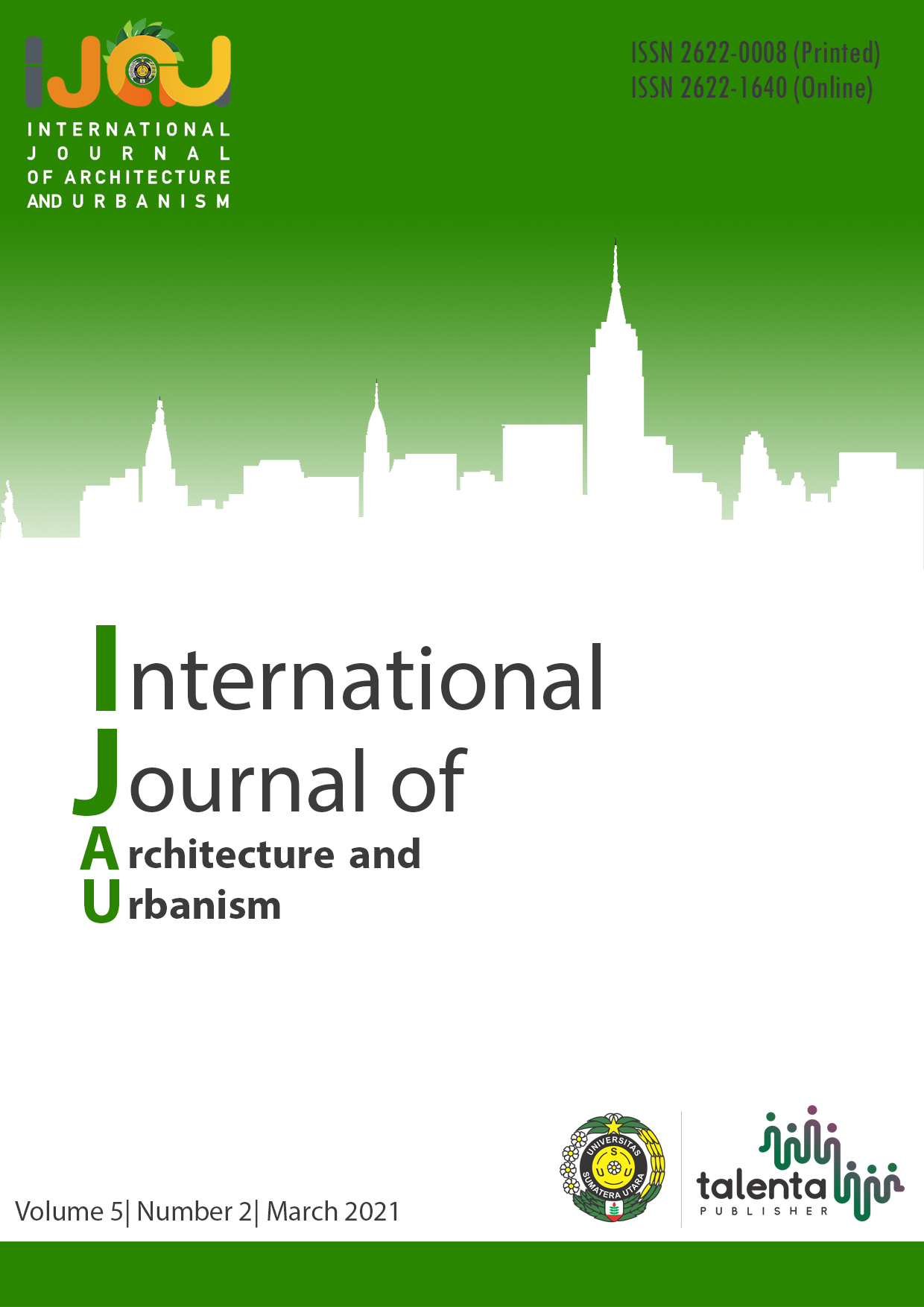Towards Walkability: Qualitative Assessment of Pedestrian Environment in Yogyakarta and Singapore
DOI:
https://doi.org/10.32734/ijau.v5i2.6206Keywords:
street liveability, urban street design, pedestrian environment, comparative studyAbstract
After the publication of Urban Sprawl and Public Health, the argument of providing nice pedestrian facilities is not only concerned about the aesthetic and social aspects, but also about the health improvement of the people. The shift has made the world's major cities realize the importance of good pedestrian design. Walkable city has become the current goal in city development for most countries in South-east Asia, including Indonesia and Singapore. Indonesian cities such as Surabaya and Jakarta have made attempts on promoting walking habits through several programs such as children friendly public space development and riverfront revitalization. Yogyakarta, one of Indonesia’s major cities, still struggles in encouraging its citizens to walk more. This study observed the current condition of the city’s pedestrian system and facilities. The result showed that the main cause of the discouragement is the street condition that doesn’t put the pedestrian as the prime user. Improvements have been made at several sections of the street, showing the government's real effort on fixing the problem. Comparative study with Singapore’s pedestrian facilities was conducted and it showed that to encourage people to walk, it is not just about providing good street infrastructure, but more to enhancing people’s walking experience.
Downloads
Downloads
Published
How to Cite
Issue
Section
License
Copyright (c) 2021 International Journal of Architecture and Urbanism

This work is licensed under a Creative Commons Attribution-ShareAlike 4.0 International License.


.png)










